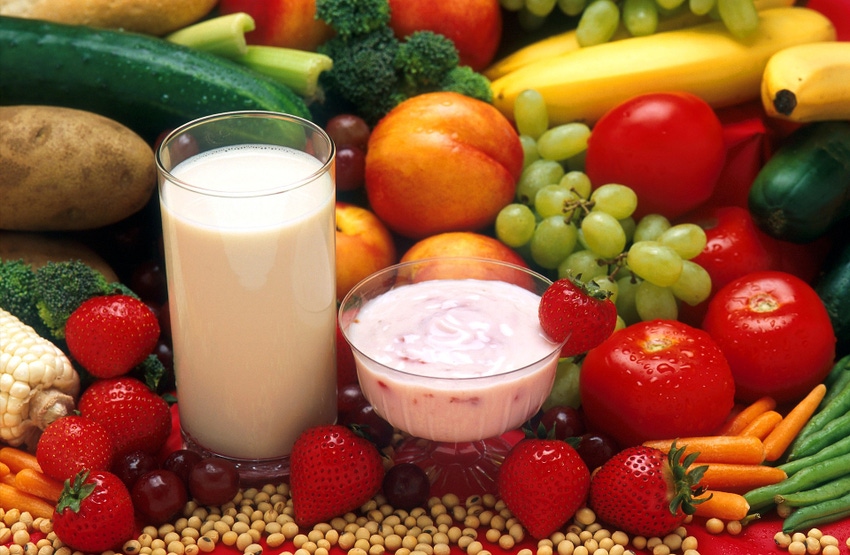Feeding America projects $1.4b shortfall due to COVID-19
Current events could result in an estimated additional 17.1 million people experiencing food insecurity, an increase of 46%.

Feeding America, the nation’s largest domestic hunger-relief organization, announced an estimated $1.4 billion in additional resources will be needed over the next six months to provide enough food for our neighbors struggling with hunger—a 30% increase to the baseline six-month operating costs of 200-member food banks nationwide.
School closures, rising unemployment and rising poverty due to quarantine and stay-at-home orders will disproportionately impact people already at risk of hunger and could result in an estimated additional 17.1 million people experiencing food insecurity, an increase of 46%, based on projections using Feeding America’s Map the Meal Gap data.
Further, Feeding America said the situation is becoming more dire as food donations its network are in decline due to increased consumer demand and supply chain challenges, including decreased food donations from manufacturers and grocery retailers, and less shelf-stable food available for purchase. Early indications across the network show a decrease of nearly 60% of their volunteer workforce who typically help package and deliver food, many of whom are retired senior citizens and school/corporate groups.
“The people we serve and the charitable food system in the United States are facing a ‘perfect storm,’ with surges in demand, declines in food donations and volunteers, and disruptions to normal operating procedures, as a result of the COVID-19 crisis,” said Claire Babineaux-Fontenot, chief executive officer of Feeding America. “It is all of our neighbors who now more than ever need help putting food on their tables.”
According to Heather Schlesinger of the Atlanta Community Food Bank, “We are distributing an additional 250,000 pounds of food per week to support five local urban and suburban school districts that are closed. We have stopped using volunteers inside our building – we typically use close to 600 per week. We have spent more than $500,000 in the last seven days on food purchasing vs. a typical week of less than $50,000.”
An initial impact analysis of the COVID-19 crisis and CEO pulse surveys of the Feeding America food bank network were conducted from March 19 to March 23, 2020. The assessment includes survey results from 99% of the food bank network; analyses by Dr. Craig Gundersen, lead researcher for the Map the Meal Gap study; and national food sourcing data to quantify specific challenges faced.
Key finding in the analysis included:
Within a week of CDC guidelines on social distancing to reduce the spread of COVID-19, 41% of food banks were already reporting an immediate critical funding shortfall.
Throughout the Feeding America network, 65% of food banks reported an immediate need for disaster food boxes totaling 493 truckloads.
Service jobs make up one-sixth of the U.S. labor force, and 1 in 6 service industry workers are food insecure.
Amazon CEO Jeff Bezos announced April 2 a $100 million donation to the organization to help ease the impact.
“Even in ordinary times, food insecurity in American households is an important problem, and unfortunately COVID-19 is amplifying that stress,” Bezos said in an Instagram post announcing the donation.
Claire Babineaux-Fontenot, CEO of Feeding America, stated, “We are deeply grateful for Jeff Bezos’ generous $100 million contribution to Feeding America’s COVID-19 Response Fund. This donation, the largest single gift in our history, will enable us to provide more food to millions of our neighbors facing hardship during this crisis. Countless lives will be changed because of his generosity.”
The Wisconsin Dairy Alliance relayed that it also has the ability to help remediate some of the shortfall, especially given the fact that some dairy farms are currently dumping milk due to oversupply.
“At the farm level, there is ample milk ready and available for use in processing. At the other end of our supply chain, food banks, pantries and shelters all have a desperate call for dairy products,” the organization stated. “We are asking the government to use disaster funds to buy cheese inventory that is in storage and package it into consumer-sized portions. We need blocks of cheese broken down and converted into one-pound sizes. We need them delivered in real time to the food banks, pantries and shelters for the people who need them most. This Covid-19 crisis is far from over.”
About the Author(s)
You May Also Like




.png?width=300&auto=webp&quality=80&disable=upscale)
